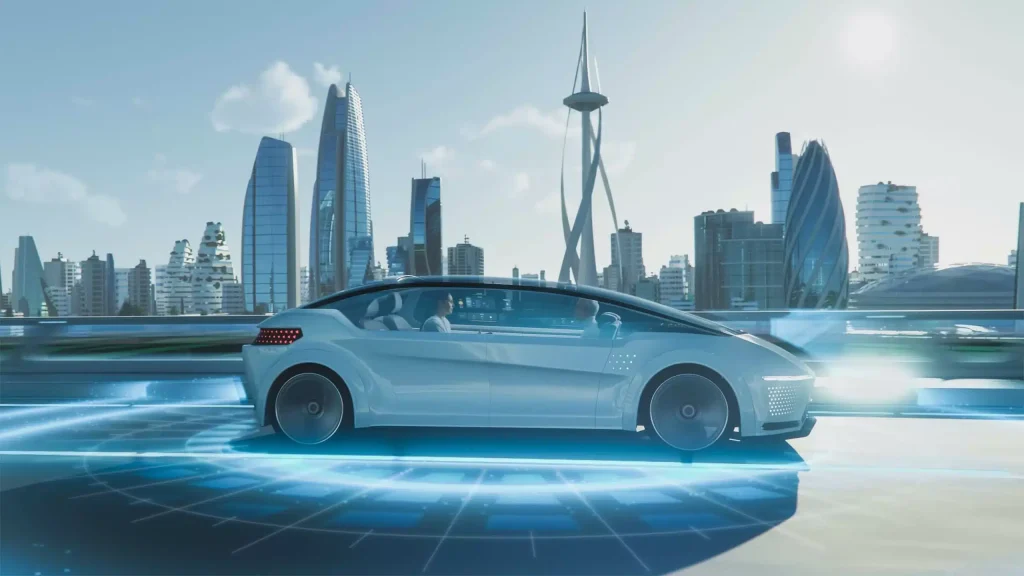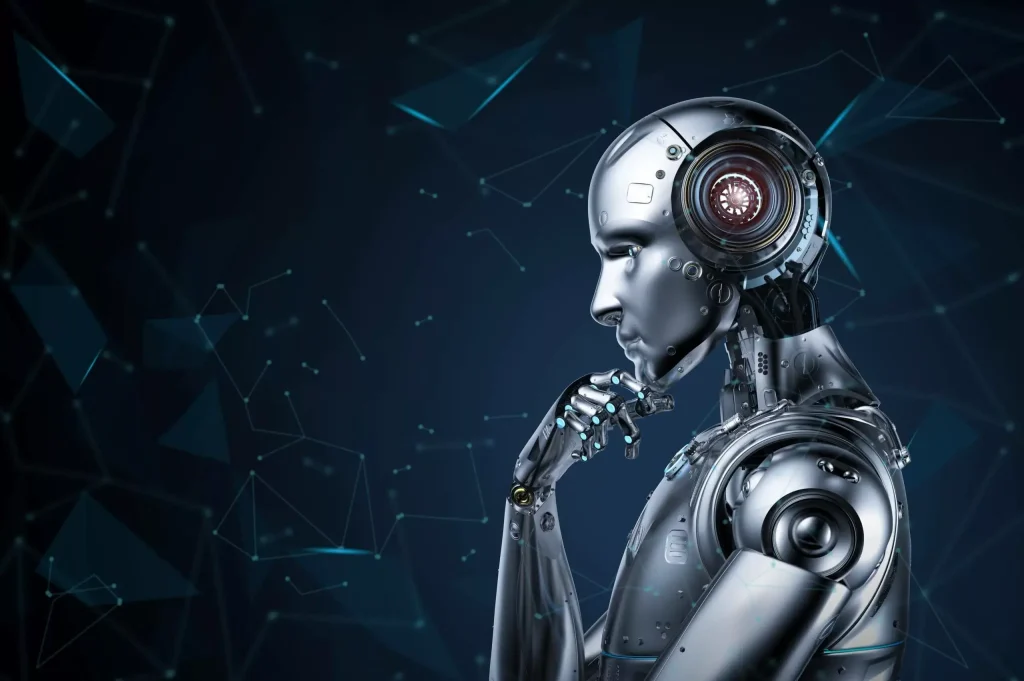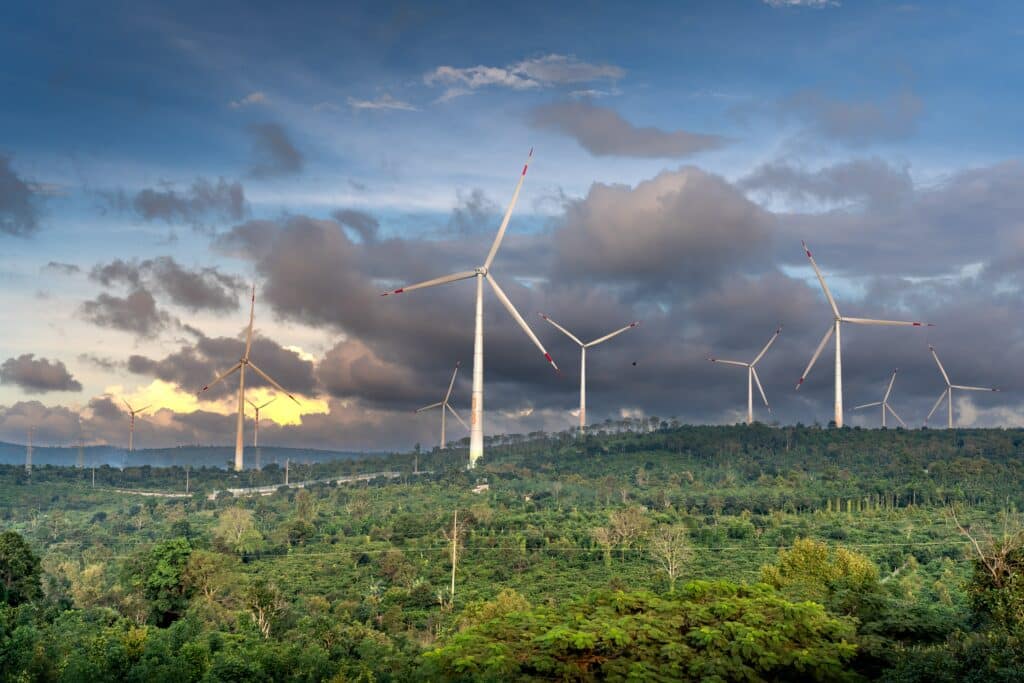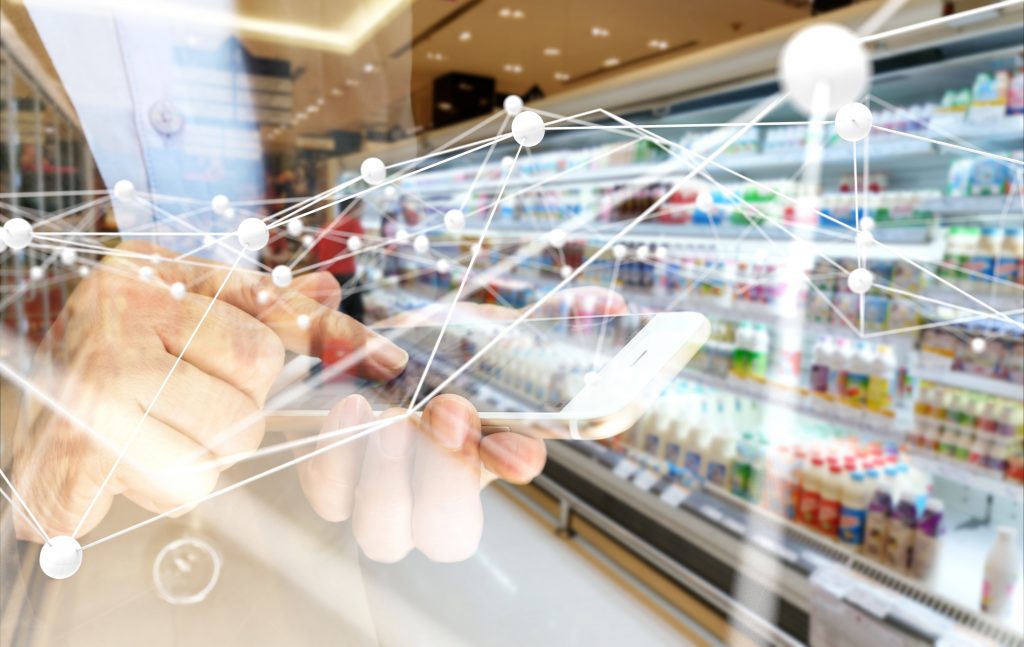Furthermore, Autonomous vehicles (AVs), also known as self-driving or driverless cars, are shaping the future of autonomous vehicles and becoming increasingly common on city streets around the world. Moreover, developers of these vehicles are striving to provide drivers with a safe, comfortable, and hands-free experience, pushing the boundaries of comfort and safety in road travel. […]
ROBOTS: Everything you need to know from myths to mind-blowing technologies and disturbing realities
Robots are not what we once thought. They are more than those humanoid creations with odd speech patterns, and they are definitely not as evil as depicted in science-fiction movies like The Terminator (1984) or in novels like Frankenstein’s artificial lifeform monster. Although the now real “killer robots” are making us question whether our subconsciously […]
AI and Environmental Sustainability
In recent years, artificial intelligence (AI) has become a prominent topic of conversation. Advances in other frontier technologies, such as cloud computing, big data, the Internet of Things (IoT), and virtual reality, have led to some major breakthroughs in artificial intelligence. Aside from the financial and societal benefits of AI applications, the technology is also […]
Is UAE an easy-win market for Health & Beauty companies?
As the retail sector of the UAE continues to expand, marking its place as 5th among developing countries for future growth, the Health & Beauty segment emerges as a pivotal contributor to this dynamic market. Despite recent signs of saturation, Dubai was still expected to add around 717,000 sqm of new retail space in 2018, […]
Mapping Research & Knowledge Support in International Consulting Firms
In the rapidly globalizing world of international consulting firms, knowledge and research functions have become pivotal to the consulting business model. With their expanding international footprint, strategy consulting firms are meticulously organizing these functions within their organization. In response to the high demand for quality research, knowledge and research functions are taking on more of an […]
China’s Investment in Africa: Economic Patterns and Trends
Over the past two decades, China’s robust economic growth and rapidly expanding presence in global markets have greatly intensified its trade ties with sub-Saharan Africa. China’s remarkable 10% average growth rate between 2000 and 2012, has fueled a steadily rising demand for oil, minerals and other primary commodities, many of which are abundant in sub-Saharan Africa.
Benchmarking Key Strategy Consulting Firms Footprint in Africa – 2nd Edition
Infomineo conducted an analysis of the leading strategy consulting firms footprint in Africa. For this purpose, a benchmark of the six largest management consulting firms has been conducted, including McKinsey & Company, Bain & Company, The Boston Consulting Group, A.T Kearney, Roland Berger Strategy Consultants, and Strategy& (formerly Booz & Company). The research covered all types of functions […]
2014 G20 Summit: Towards a greater promotion of infrastructure investment
During the 2014 G20 summit held in Australia, leaders of the major world economies stressed the high importance of funding infrastructure investment, a key driver of economic growth. According to the B20 Infrastructure & Investment Taskforce (a working group of business leaders of G20) the need in additional infrastructure capacity from now to 2030, is […]
Overview of the Retail Market in Egypt
Exploring the Retail Market in Egypt reveals it as one of the Middle East’s largest and most dynamic sectors. With a population exceeding 86 million, Egypt stands as a profoundly lucrative market, particularly in retail. The youth population and its continuous exposure to social media is driving the economy; they are educated, open minded and […]
Five false ideas about Africa
1. Africa is a cheap place to do business No, Africa is not a low-cost business destination. On the contrary several of its most attractive destinations are extremely costly, like Luanda or to a lesser extent Lagos. Several factors account for this and it is important to understand them. Talent is scarce, so the best […]









